"We love an underdog here in the UK. For reasons I’m not sure any of us understand, we always get behind the team or player who’s not supposed to go far, the one who isn’t meant to "
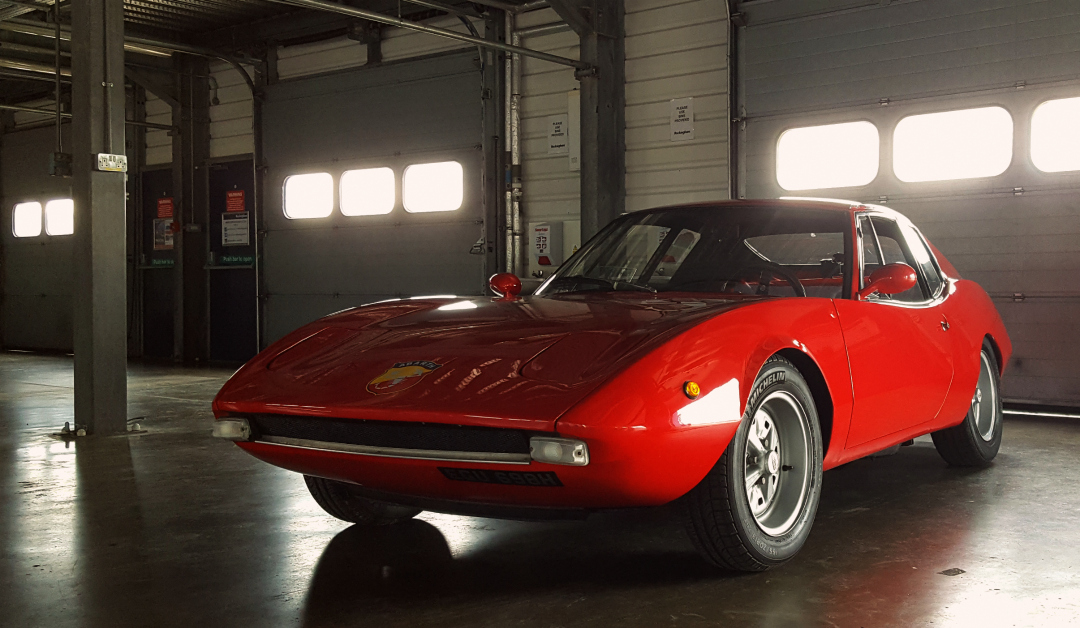
Abarth – Background of the Scorpion
Abarth is much more than a badge
People often look towards the stars and dream.
There’s something about looking up to those twinkling little lights that fills us with wonder and ambition, and this in turn drives us to pursue our goals. In Carlo Abarth’s case, the stars bestowed upon him something at birth – the symbol of the scorpion. That astrological gift was the first line of the first chapter in the story of Abarth.
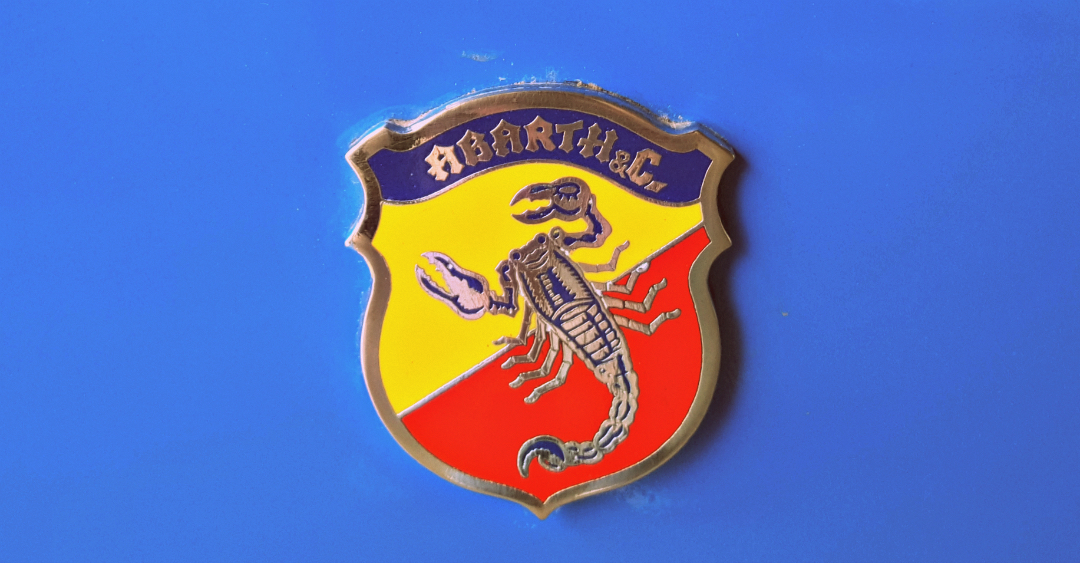
Carlo’s original obsession was with two wheels instead of four. A talented engineer, Carlo raced and engineered and modified motorbikes and the very first machine to bear his name was a motorbike way back in 1929. Carlo had serious talent with motorbikes, he was a five-time European Champion and even built a sidecar and used it to race The Orient Express. His was certainly a life of thrills, but after a bad accident in 1939, Mr Abarth needed extensive recovery time and sat out the war in what was then Yugoslavia.
The latter part of the 1940s saw a failed project with friends within the Porsche family before Carlo scraped up the remains of the sunken “Cisitalia” company to finally form his very own racing team – “Squadra Abarth”. Cisitalia wasn’t a failure in every sense, in commencing that particular project Carlo met and befriended one of the true legends of racing history – Tazio Nuvolari. Tazio ended up racing for Abarth until his retirement and played a big part in bringing the young marque success in its early days.
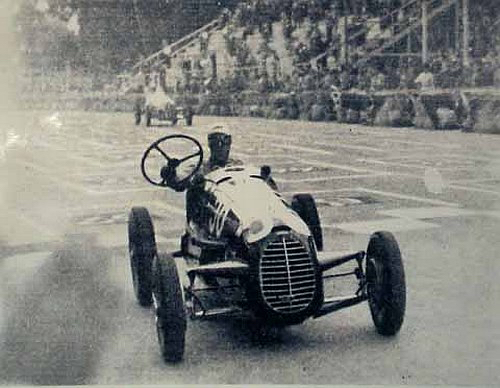
Mr Abarth’s extensive background with motorcycles came in useful when needing to raise funds for Squadra Abarth. The Abarth we know was a company founded to produce exhausts for a variety of machines and their unique black finish and chrome-plated tips made them stand out from the crowd. They were more expensive than a normal exhaust, but they were highly desirable and by the early 1960s the company had sold over a quarter of a million of them.
The foundations had been laid for Abarth to be successful on and off the circuit. The mid-fifties saw the introduction of the Fiat 600, and Abarth got to work in tuning the car into the Abarth 750. You could buy one of the distinctive “double bubble” Zagato-bodied machines as a complete car, or if you didn’t quite have the money available to do that but already had a 600, you could order the “Transformation Box”. The box was a kit that allowed you to transform your own Fiat 600 into an Abarth 750 by supplying you with everything you need to do so prepared in a rather exciting crate of motoring goodies.
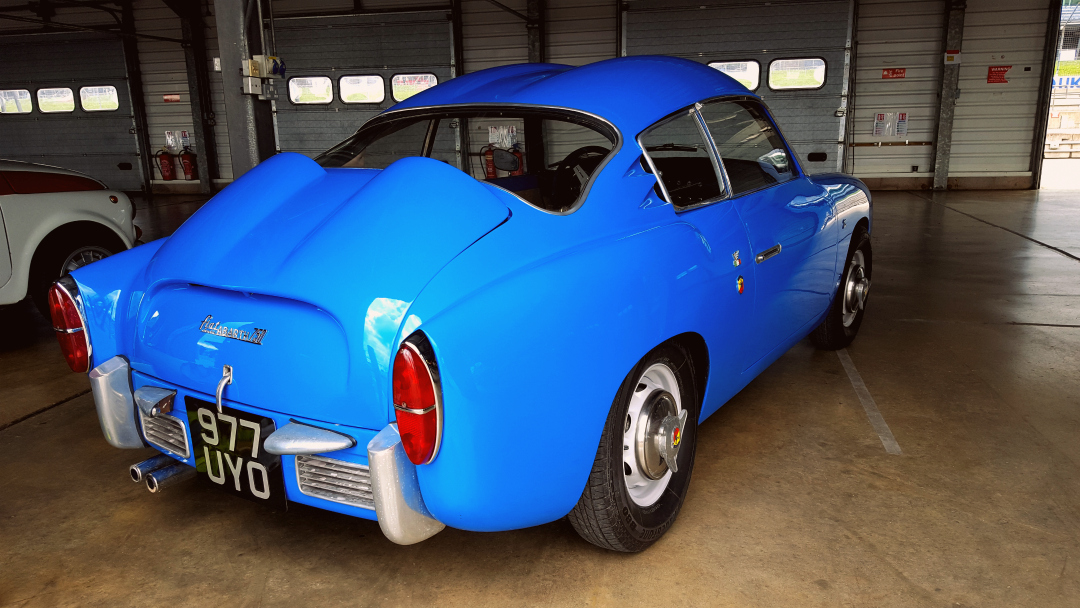
While it’s true sales of the parts helped fund the racing team, the success of the racing team in turn helped spur on sales of the parts. Abarth’s astonishing motorsport record was on show at the 1957 Mille Miglia where it entered 20 cars into the 750 category. 16 finished the race, and Abarth took the top three places. Throughout the ’50s Abarth and success were synonymous, but the dominance was only just starting. The real glory age of the marque began in 1958 when clever-clogs Carlo turned his attention to what was then the brand new Fiat 500.
In the 1970s, things weren’t exactly going to plan for Abarth. In chasing relentless glory, the brand had lost a lot of money, despite the success of its products and immense reputation. Abarth merged with Fiat in 1971, and the wealthy buyers turned Abarth into the rally division of Fiat. More victories would follow, but never to the same scale as before.
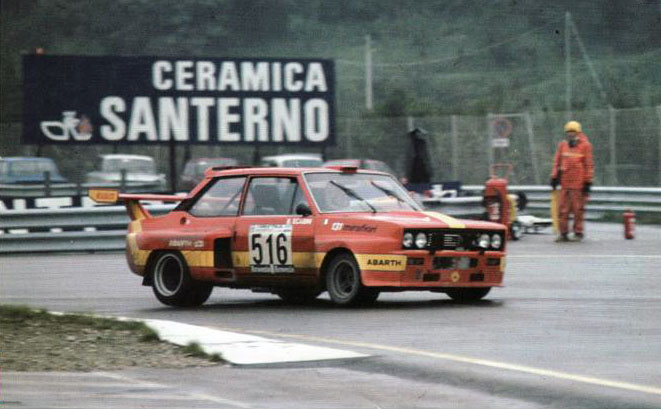
In 1979, Carlo Abarth passed away aged 71. He left the world with a quite astonishing record of success. His “Squadra” amassed over 10,000 individual race victories, 10 world records and 133 international titles.
That makes Abarth was of the most successful racing teams of all time, and in an upcoming article I’ll be exploring his most successful creation, the car we all know the brand for both historically and in the current era – the Abarth 595.
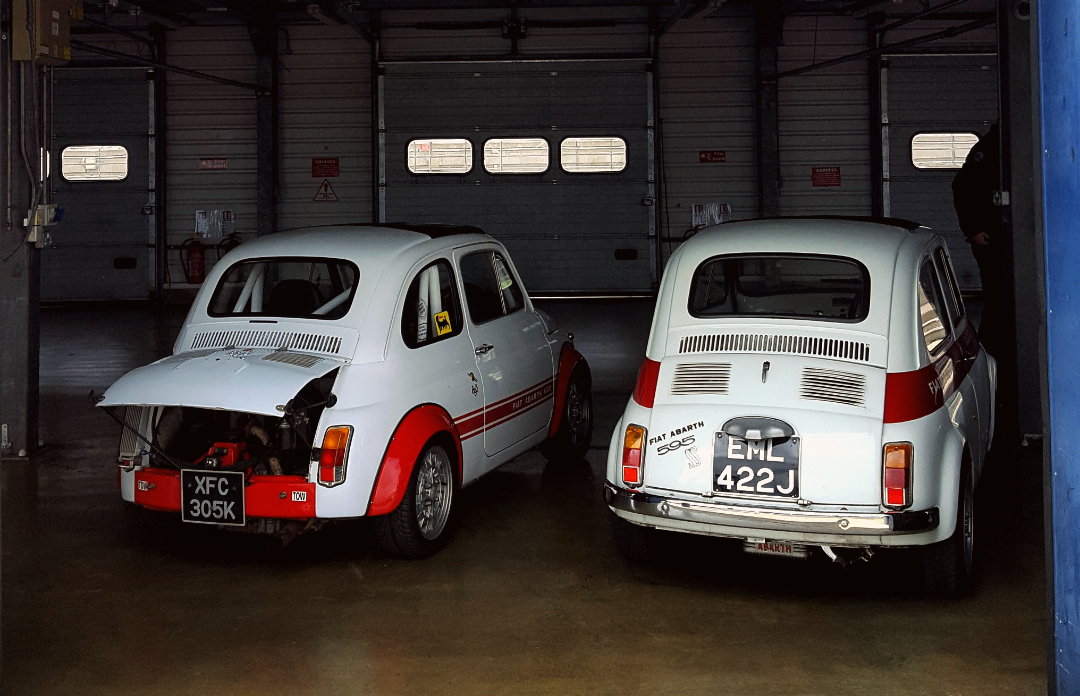
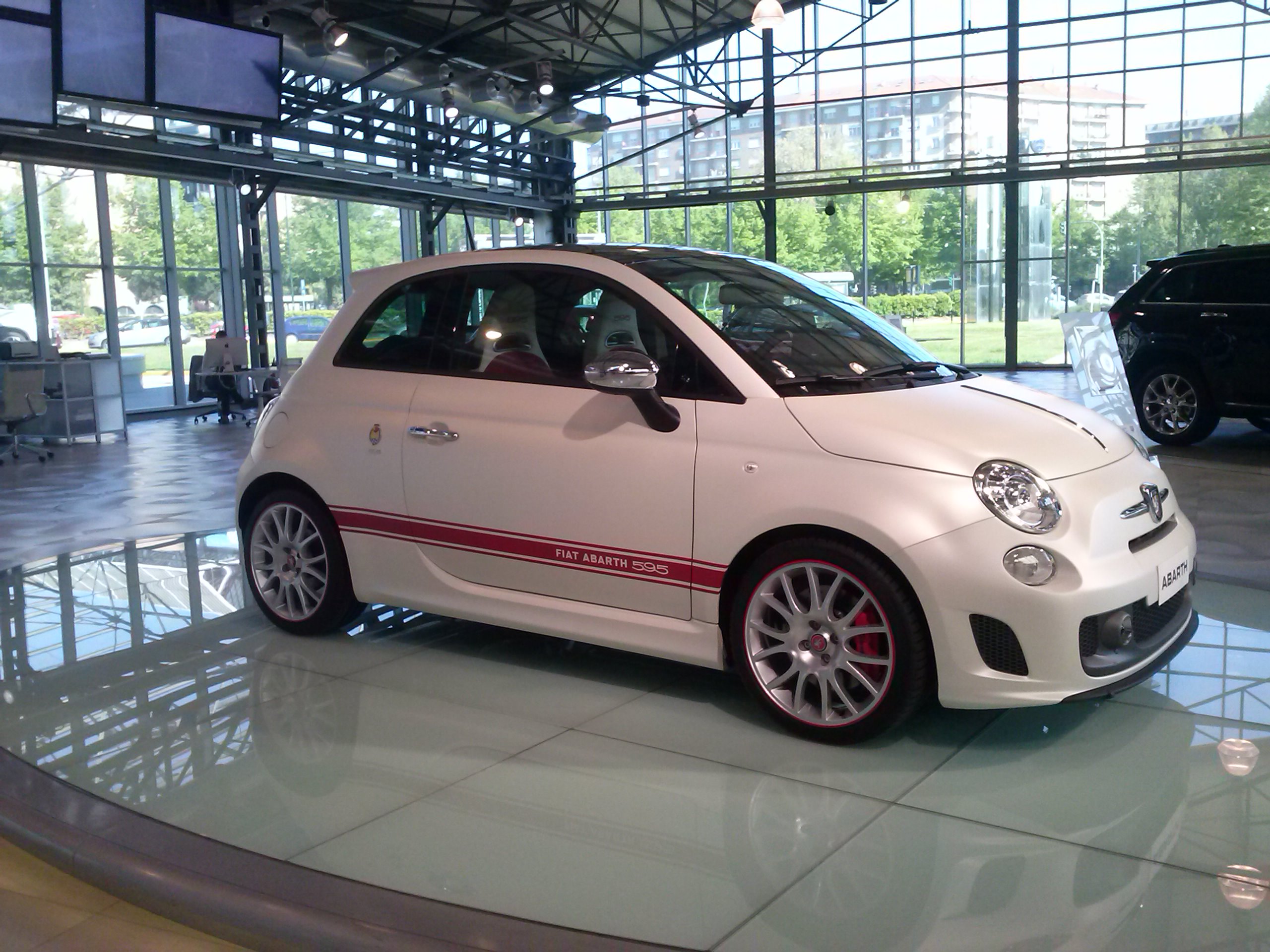
CLICK TO ENLARGE










